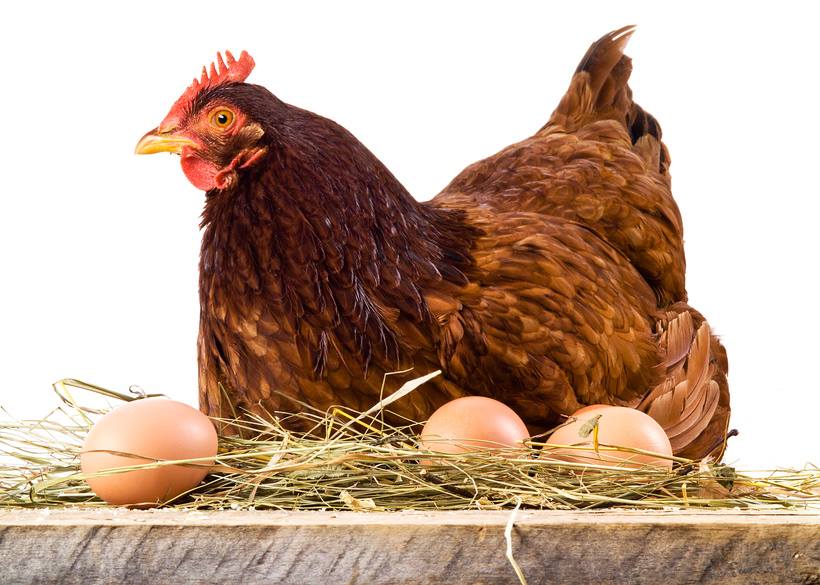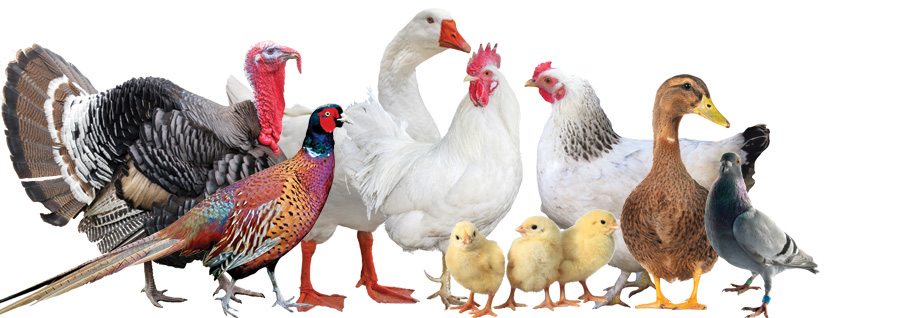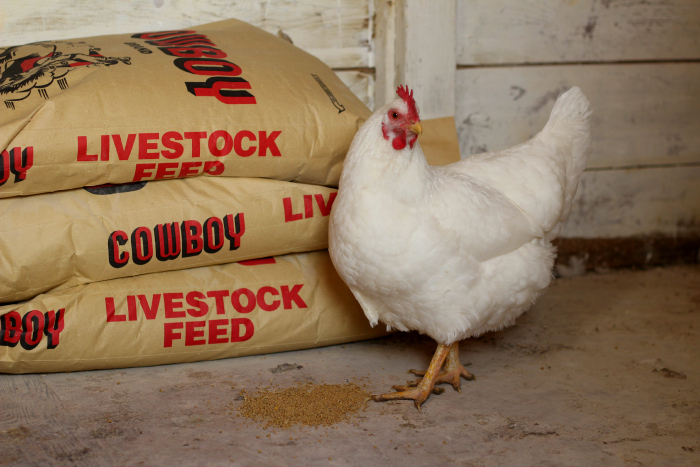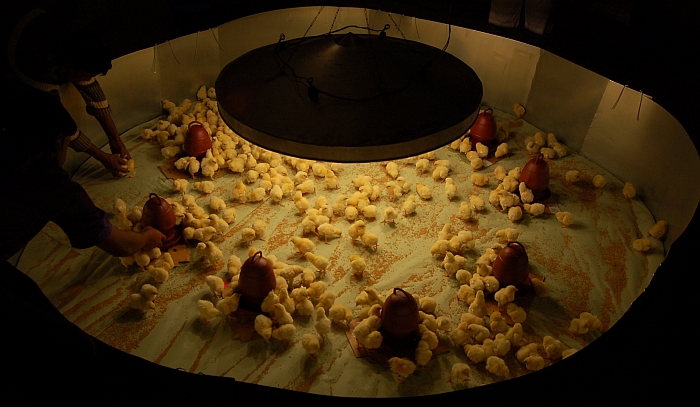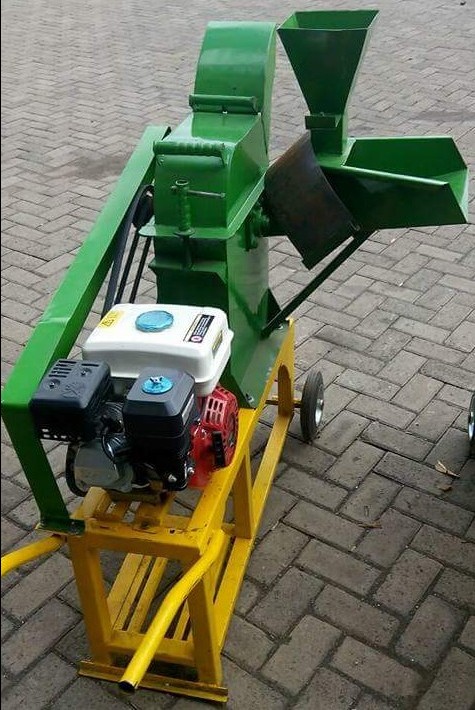It’s difficult to provide an accurate estimate of how much a chicken farmer in Kenya might make in a year, as there are many factors that can impact a farmer’s income. These can include the size of the farm, the type of chickens being raised, the demand for the chickens and their products, the efficiency of the operation, and the cost of inputs such as feed, medication, and labor.
That being said, according to a report by the Kenyan Ministry of Agriculture, the average income for a small-scale chicken farmer in Kenya is approximately KES 50,000 per year (which is equivalent to around $465 USD). This figure may vary depending on the specific circumstances of the farm and the region in which it is located.
It’s important to note that the income of a chicken farmer in Kenya may also be impacted by external factors such as market fluctuations, competition, and changes in government policies. In addition, chicken farming can be a risky venture, as it is vulnerable to diseases and other challenges that can affect the health and productivity of the birds.




